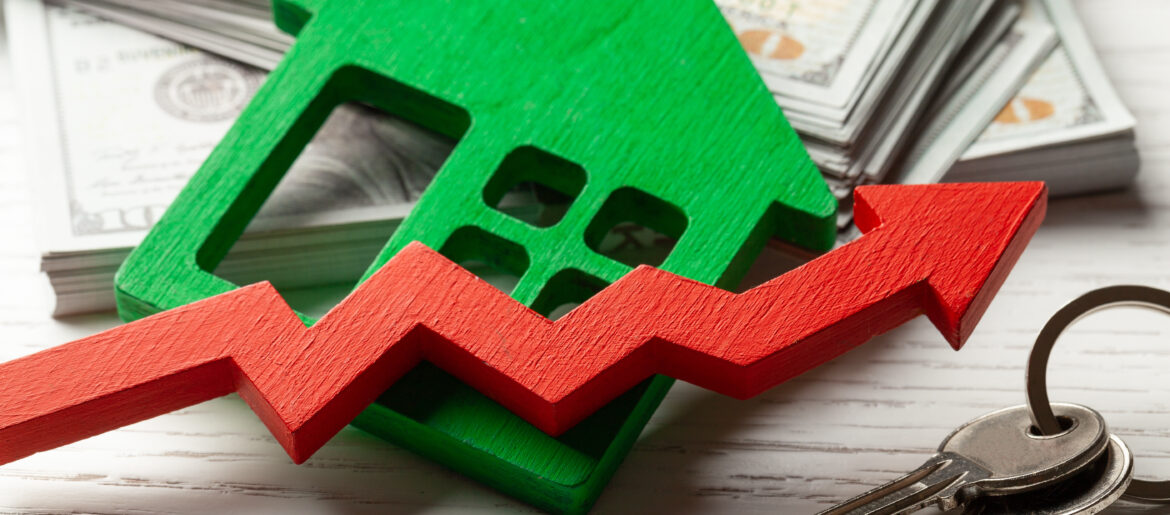
Why Home Prices Are Rising Fast in the Middle of the U.S.
Though it’s clear that many New Yorkers have fled the state’s capitol, what’s more interesting is where Americans are moving to. The COVID-19 pandemic has unveiled unusual geographical trends.
A New Home — In Smaller Cities
Historically, demand is strong for homes in large cities and supply is low, leading to high prices. But during the pandemic, smaller metropolitan areas are seeing an influx. Americans are flocking to Pittsburgh, Cleveland, Cincinnati, Indianapolis, Kansas City, Boise, Austin and Memphis. According to the Federal Housing Finance Agency, prices in Tennessee cities are at least 10% higher than the prior year.
These cities have been historically affordable, with a healthy inventory of homes on the market. This is why the sudden increase in demand has created a striking price growth in the middle of the country.
The Appeal of Cities in the Middle of the U.S.
With remote work at an all-time high, due to COVID-19 restrictions, more Americans have the freedom and opportunity to leave large, expensive metropolitan areas for less expensive areas with more spacious homes and properties. With many social activities restricted, such as eating out, going to movie theaters and visiting gyms, more buyers are looking for homes with a bigger kitchen, home office, and workout space.
In a CNBC interview, Craig Lazzara, managing director at S&P Dow Jones Indices said, “Although the full history of the pandemic’s impact on housing prices is yet to be written, the data from the last several months are consistent with the view that Covid has encouraged potential buyers to move from urban apartments to suburban homes.”
Speaking with ABC News, Lazarra said, “The data from the last several months are consistent with the view that COVID has encouraged potential buyers to move from urban apartments to suburban homes.”
New Heights For Home Prices
On a national level, home prices rose 8.4% in October from the previous year on the S&P Case Shiller Index — up from a 7% gain just the month before, marking the largest one-month move in over a decade, according to CNBC.
Phoenix had the biggest price gain for the 17th straight month, “where home prices rose 12.7% from a year ago. It was followed by Seattle with 11.7% and San Diego at 11.6%,” according to ABC News. According to realtor.com, prices are expected to jump 5.7% in 2021 as a result of more properties expected to hit the market, especially in the second half of the year. However, home prices will rise slower than in 2020.
In December 2020, the median price of homes in more than half of the counties in the US (55%) were considered less affordable to the average working American than in previous years.
Home price increases are offsetting the benefits of historically-low mortgage rates and is making it more difficult for home buyers to make a down payment. Low mortgage rates played a role in driving up home prices by giving buyers more purchasing power. Even if rates don’t rise significantly this year, their benefits are being overshadowed by rising home prices.
Record Low Home Sales
Even though home sales dipped in November (after climbing steadily for five consecutive months), sales were still nearly 26% higher last month compared with the previous year. The number of homes for sale fell to 1.28 million in November, a record low.
“Sales of existing homes (i.e., previously lived in abodes) are projected to increase 7% in 2021,” according to realtor.com. This is partly due to homeowners searching for larger homes or ones with different features.
Sources:
https://www.cnbc.com/2021/01/04/covid-real-estate-home-prices-rise-faster-in-middle-of-us.html
https://abcnews.go.com/US/wireStory/us-home-prices-rise-fastest-pace-years-74948151
https://www.realtor.com/news/trends/housing-market-2021-forecast/
